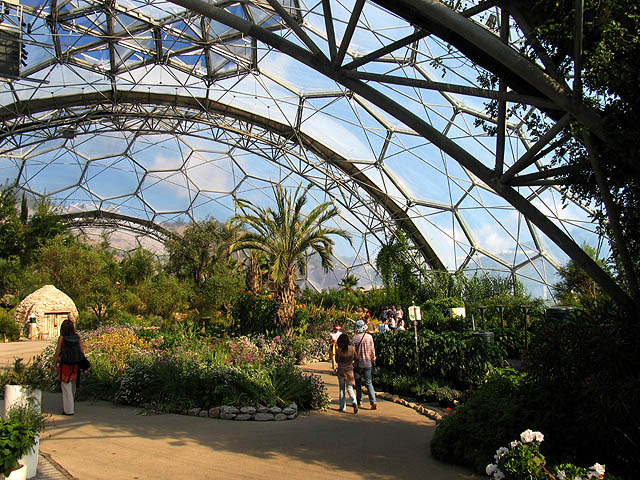This week, in the seventh of our series of articles, we have a real treat in store for our readers. The one and only Dr. How (aka Dr. Naomi Lavelle) has written a very special article for us about Science in the Garden, and has enlisted the help of two very capable junior scientists, Culann (aged 8) and Rohan (aged 4), who you will meet in the videos below!

I watched the ReelLIFE SCIENCE school video competition with great interest last year. What a wonderful way to get children excited and involved in Science. I was delighted to be asked to write an article this year in celebration of the launch of the 2014 competition. I think the topic of Science in the Garden is a great way to open children’s minds up to the science around them… literally right outside their door!
The topic is a broad one and I look forward to seeing how the different schools will interpret it. I myself was stumped for a while, just wondering what to write about. Not due to any lack of possibilities, but rather, because of the wealth of different options and angles this could take.
I decided to seek the help of a panel of experts (that was interesting but not very helpful!)
Ditching the advice of the experts I eventually chose the topic myself.
SOIL!
It is the one common denominator in every garden and certainly provides us with a wealth of science to investigate and explore.
What is soil?
Soil makes up the outermost part of the Earth’s surface. It is made up of rock material of various sizes.
How is soil made?
Many factors influence how soil is made, from what type of material the soil is made from (called the parent material) to factors such as the weather, the topography of the land, what living organisms are around and…. time!
Soil is made when the parent material (rock) is broken down forming fine powder, sand or small rocks. Meteorological factors such as wind, rain and snow can break rock down into smaller components. The size and shape of the rock, how exposed it is to the elements and the type of land around all influence how long it takes for the soil to form.
Did you know… it can take up to 1,000 years for just one inch of soil to form?
Why is soil so important?

Soil acts as an anchor for plants to grow in and it also provides the plants with essential water and nutrients. Soil is also a “home” for billions of other living organisms too… some can be very small like bacteria, fungi and algae and some can be very large like insects and even mammals.
Did you know… in a tablespoon of good soil there is as many as 50 billion bacteria?
Soil is also a wonderful water filter. As water passes through soil impurities are removed. The soil is very important in the cycling of nutrients- especially carbon and nitrogen. Many of the inhabitants of soil help to break down dead plants and animals so that all the nutrients contained within them are returned to the soil. So really soil is like a huge recycling plant!
There is one soil inhabitant in particular that has gained a name for itself as a superhero of recycling. It is sometimes referred to as “nature’s plough”… It is the earthworm.
Did you know… there are approximately 3000 species of earthworm in the world?
Here is a great experiment you can do right in your back garden. It allows you see just how good earthworms are at “ploughing” up the soil.
Make your own wormery!
Notice how we prepared the wormery with consecutive layers of soil and sand. We wanted to see how the action of the worms would affect these layers. If you try this experiment yourself, remember to put the wormery in a safe place and check on it every day- you need to be sure that the soil remains moist, adding more water if necessary.
After a number of days you should notice the different layers getting mixed together and the leaves at the top disappearing. Eventually all the sand gets mixed into the soil and the leaves get “chewed up” by the earthworms and their nutrient content gets distributed back into the soil. A great example of their “ploughing” abilities.
Remember to return the worms safely back into the garden once you have finished!
As you can see we had great fun making this video, as we are sure you will too. We can’t wait to see how “Science in the Garden” inspires you!
Dr. Naomi Lavelle is a mum to three junior scientists who are always asking “how”, “why” and “what if”. She blogs at Science Wows where she aims to answer all their questions, one blog post at a time.
She can also be found on Facebook and as @sciencewows on Twitter.

